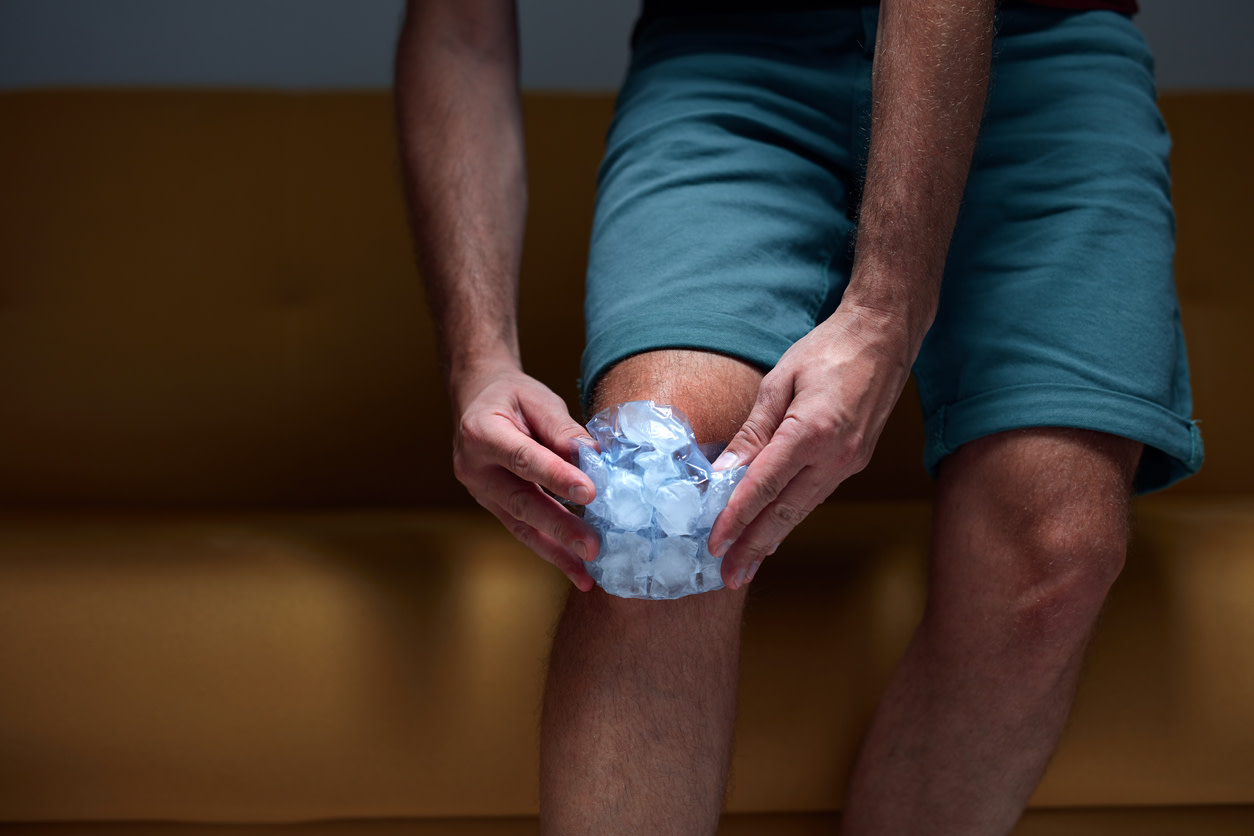Should You Use Ice or Heat for Knee Pain? Here’s How To Decide
Learn when to use ice or heat for knee pain, and get exercises from physical therapists that can provide long-term relief.
$0 costo para usted
Fecha de Publicación: Sep 18, 2024
El índice
Fully covered knee pain relief
Find relief from knee pain, knee locking, stiff knees, & more.
Check if I'm eligibleExercises for Knee Pain after Using Ice or Heat
¿Quieres atención de expertos? Consulta si estás cubierto por nuestro programa gratuito →- Heel Slide
- Hamstring Stretch
- Quad Stretch
- Knee Extension
- Hamstring Curl
